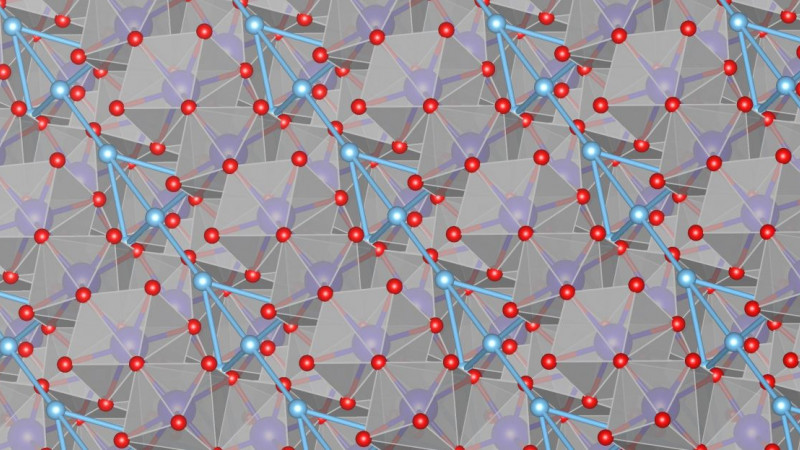March 27, 2020

Scientists seek to use quantum materials—those that have correlated order at the subatomic level—for electronic devices, quantum computers, and superconductors. Quantum materials owe many of their properties to the physics that is occurring on the smallest scales, physics that is fully quantum mechanical.
Some materials, such as complex magnetic materials, share commonalities with quantum materials, and scientists can study these in an effort to better make sense of quantum materials and understand their ability to exist in many different electronic configurations. Understanding the interactions occurring within both quantum and complex magnetic materials, however, requires rigorous investigative methods.
One such method is neutron scattering, in which neutral particles called neutrons are scattered off a material to uncover its microscopic properties from the resulting interactions. However, reconstructing a material’s structure and properties proves to be challenging, even for seasoned experts.
For the first time, a team at the US Department of Energy‘s (DOE’s) Oak Ridge National Laboratory (ORNL) is using artificial intelligence (AI) to find patterns in neutron scattering data that can lead to an understanding of the physics inside quantum or complex magnetic materials. Led by Alan Tennant, Initiative Lead for Quantum Materials at ORNL, the team recently trained an artificial neural network (ANN) to successfully interpret data from a neutron scattering experiment performed at ORNL’s Spallation Neutron Source (SNS). The team trained the network by feeding it data from neutron scattering simulations performed on systems at the Oak Ridge Leadership Computing Facility (OLCF), including the center’s decommissioned Cray XK7 Titan. One of the most powerful machines of its time, Titan continues to supply the scientific community with new discoveries even after its retirement last fall.
Read more at neutrons.ornl.gov.
Related Publication: Samarakoon, A. M., et al. (2020). Machine-Learning-Assisted Insight into Spin Ice Dy2Ti2O7. Nature Communications 11, 892. doi:10.1038/s41467-020-14660-y